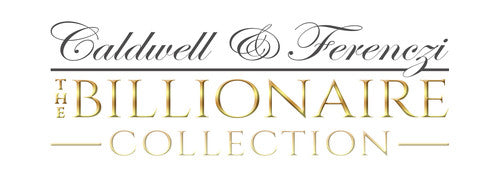Posted on November 30 2020
Investment
Collecting Autographs As An Investment in Life
Collecting autographs and historical documents is the best investment you can make in enjoying life. It enables you to more intimately appreciate the people and times that interest you. There are no personal limits as there frequently are with careers—octogenarian collectors are common and many collectors have pursued their interests for decades after leaving their professional lives behind.
Collecting has also been a good financial investment for those who did not collect for financial investment potential. In over fifty years I have seen numerous examples of this. Those who collect because of the excitement, who buy the irresistible, will find others wanting to collect what they have—what was irresistible to them will be irresistible to future collectors. Major collectors during my fifty years whose collections have come onto the market—none in their lifetimes—have done extraordinarily well for their heirs. Phil Sang, who in the 1950s and 1960s was the dominant Americana collector, and Malcolm Forbes, who started collecting seriously when Sang’s heirs sold his collection, both collected what they loved. Neither man collected as a financial investment or thought of selling. When Forbes’ collection was sold a few years ago I watched as prices realized reached multiples of 20 and 25 times what he had paid in the previous two decades.
A Profitable Autograph Investment
One Thomas Jefferson letter (that Forbes remarked when buying it from me was “very expensive” at $25,000) sold for $670,000. It was an irresistible emotional autograph investment to me when I bought it; it was an irresistible historical investment to Malcolm Forbes, and it was an obviously irresistible autograph investment to the new owner.
How to Reap the Most from Your Collectibles Investment
Those who have collected primarily for financial investment haven’t fared nearly as well. The emotion wasn’t there when they collected, and potential buyers didn’t have it either when their collections were sold. None of us want to throw money away and we all want “a good deal”. Understanding the realities of the marketplace when collecting as an investment is very important, but combining collecting instincts and passions with financial realities has been, and undoubtedly will continue to be, the key to “good investments” in all senses. Sometimes a “good deal” is having the thrill of collecting.
By Kenneth W. Rendell II

